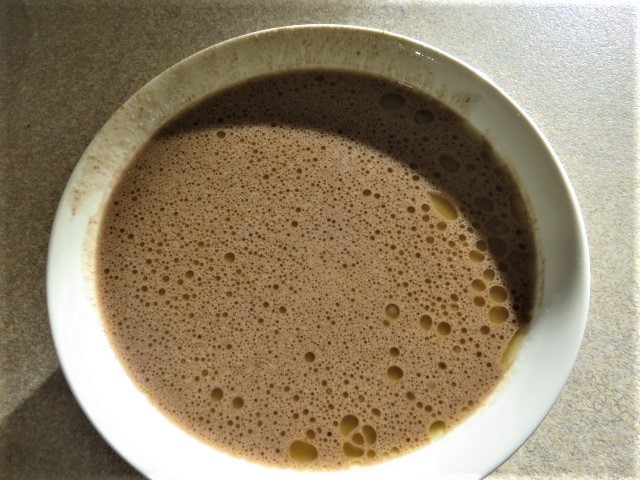Our current yard boasts orange, fig and feijoa trees. Those of you who read my posts regularly probably remember when I introduced you to the fruit of the Butia capitata, the jelly palm. I've done posts on acorns, perssimmons, and chestnuts.
Today's post is all about the olive. Several years ago I tried my hand at making salt-cured dried olives and olives pickled in vinegar. Both were fun to try, both turned out to be edible, but neither was anywhere near as good as those I could buy in stores. I decided to give up any further experiments along those lines.
I found that the olive trees around here do not produce fruit every year. Last year, there weren't any available to me and this year, I had found just one tree locally that had any on it. Then Covid-19 came along and prevented me from traveling over to the Te Atatu Peninsula, where I had discovered a small city park with about a dozen olive trees. They weren't loaded either, but I was hoping to get enough for my current attempt at utilizing olives.
I wanted to make olive oil, and I'm happy to report that I have managed to get a small quantity of olives. My one local tree gave me several handfuls and just today, June 9th, the first day of returning to level one after Covid, I boarded a bus and picked several handfuls at the park. I was too late to get very many. They have all fallen from the trees now and most have been pecked by birds, or squashed by humans, but I found some at least. I have enough to give it a try. Tomorrow I make oil...
This is my local tree. You can see that the olives are rather sparse. I read that the best tasting oil is made from ripe olives, so each time I walked past this tree, I plucked the few showing color and put them in my pocket. It was slow going.
The olive grove in Te Atatu. When I got there it was raining.
A short while later, the clouds had moved on and the sun came back. You can see my modest harvest. Lots better than nothing...
(I noticed that this paving was very slippery from squashed olives.)
The process at home.....
I had thought of heating my olives, and the small amount of water up to aid in removing the oil from the pulp, but decided against it, wanting to have a true cold-pressed product. Squeezing this mass, it was obvious that it was very oily, and I was wishing I could have heated it a little.
Water, very fine pulp and oil
The oil starts to come to the top.
The rest is still in the settling jar.
The olive grove in Te Atatu. When I got there it was raining.
A short while later, the clouds had moved on and the sun came back. You can see my modest harvest. Lots better than nothing...
(I noticed that this paving was very slippery from squashed olives.)
Leaving the park. Sun makes all the difference in the mood of a place.
The process at home.....
I had thought of heating my olives, and the small amount of water up to aid in removing the oil from the pulp, but decided against it, wanting to have a true cold-pressed product. Squeezing this mass, it was obvious that it was very oily, and I was wishing I could have heated it a little.
Water, very fine pulp and oil
The oil starts to come to the top.
After settling/separating for about an hour.
I did a little reading after the fact about what cold-pressed olive oil really means. To be cold pressed the olives must not be over 80.6 degrees F. My oil was extracted at room temperature, which on the day and time I did it was probably about about 65 degrees, so I could have legitimately warmed it a bit. I'll keep that in mind for future attempts. I know that had my olives been even slightly warmer, I'd have increased my output.
Here it is............
Even though this is unfiltered, I'm pleased that it is as clear as it is. It tastes of olives. No bitterness whatsoever. Very acceptable. I pronounce my experiment a success!
I think I'll try this again next year if the local olive crop cooperates.
-djf













This is so amazing! I cannot believe that you are able to make all these wonderful treats. You have to name your oil! You were very creative at naming the tug boat so I am sure you come up with a great name for your olive oil. McKenzie
ReplyDeleteHmm...I think I'm all named out.
ReplyDeleteIt's good stuff though.
call it 'Doug's Good Stuff: Authentic cold pressed virgin New Zealand Olive Oil'!
ReplyDeleteYou make the whole process look easy but I know it took many hours and lots of patience. Funny how anything worthwhile is like that. I remember the salt we made nearly 6 years ago from the Tasman Sea water we collected from Bethells Beach. I still have some of that very special good stuff!
I'm looking forward to making another batch next year.
ReplyDeleteHow amazing! Quite a lot of work but rewarding!!
ReplyDelete